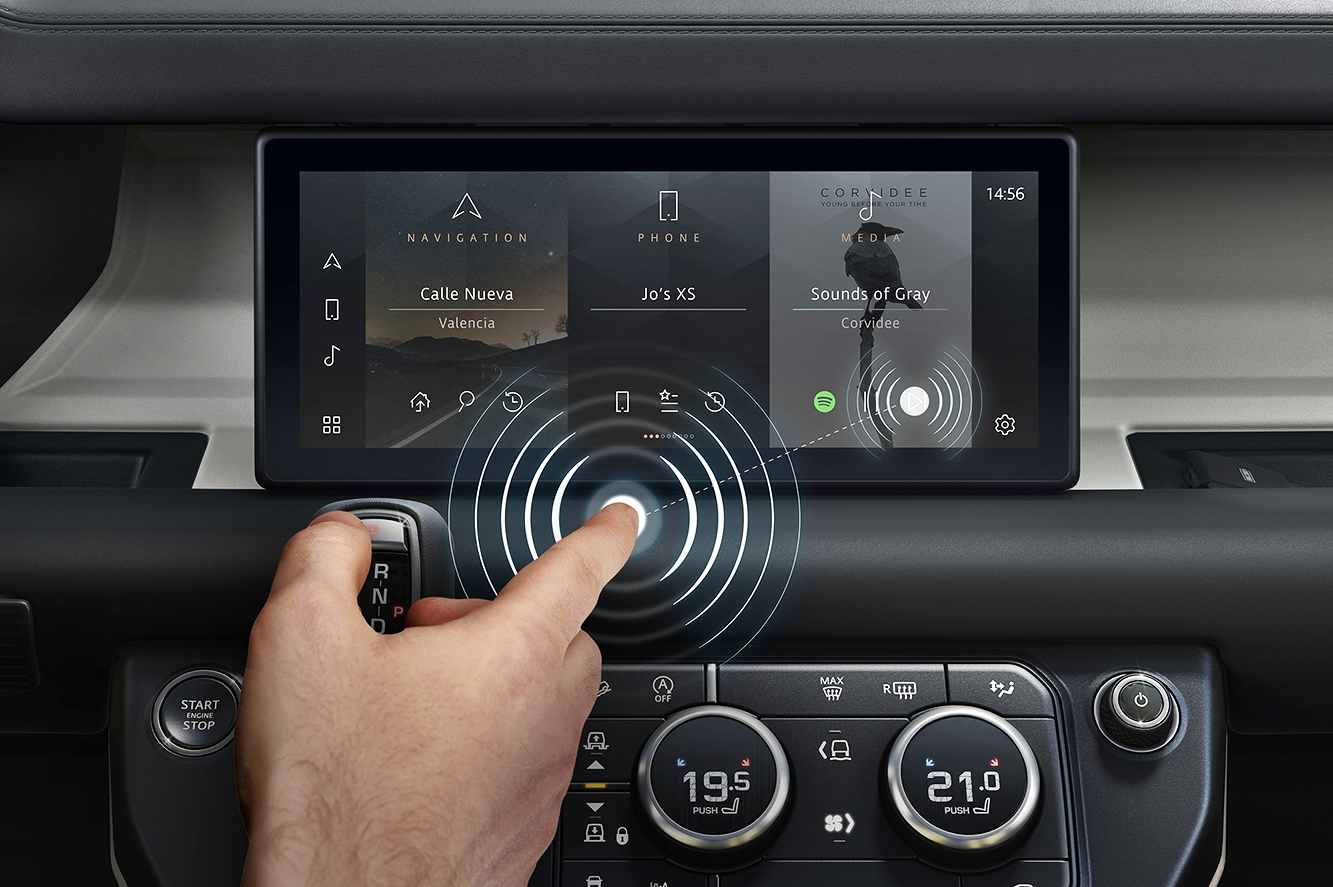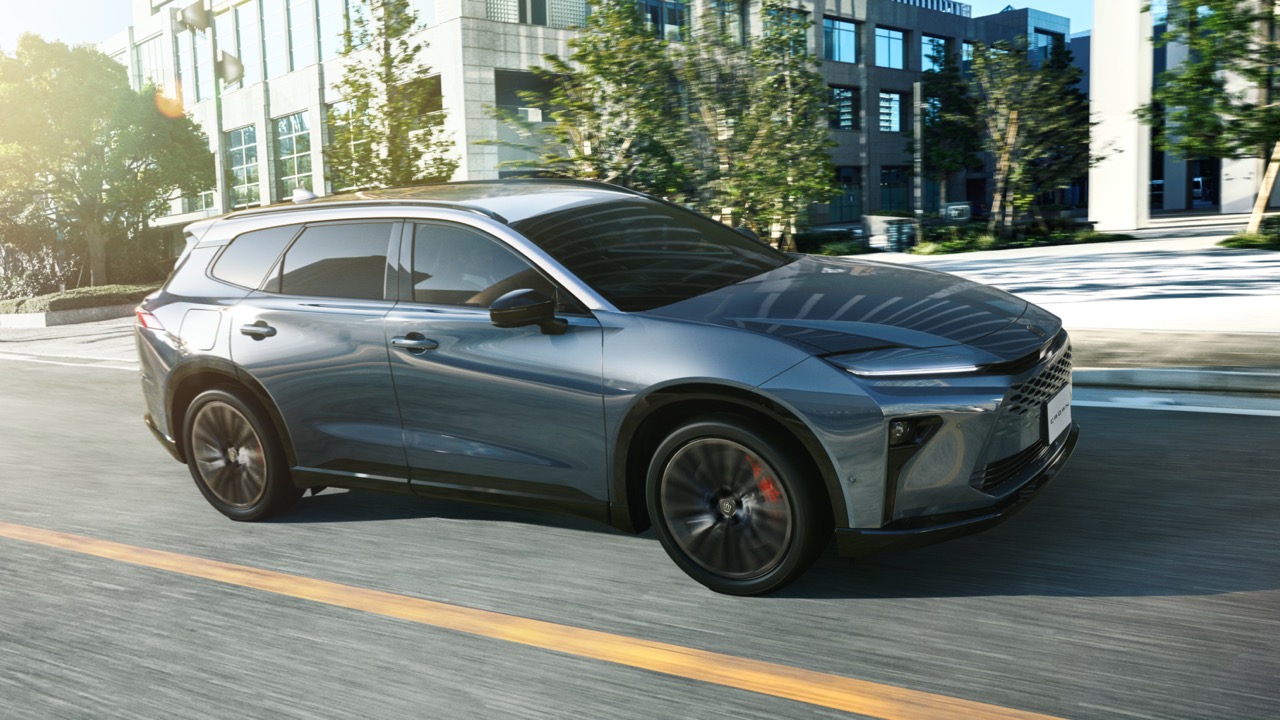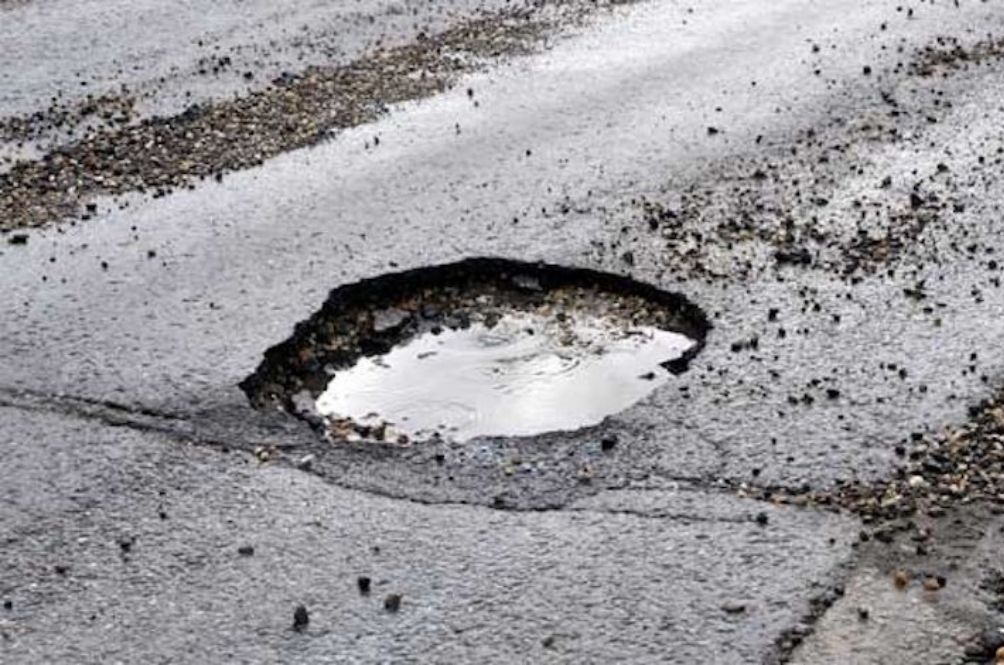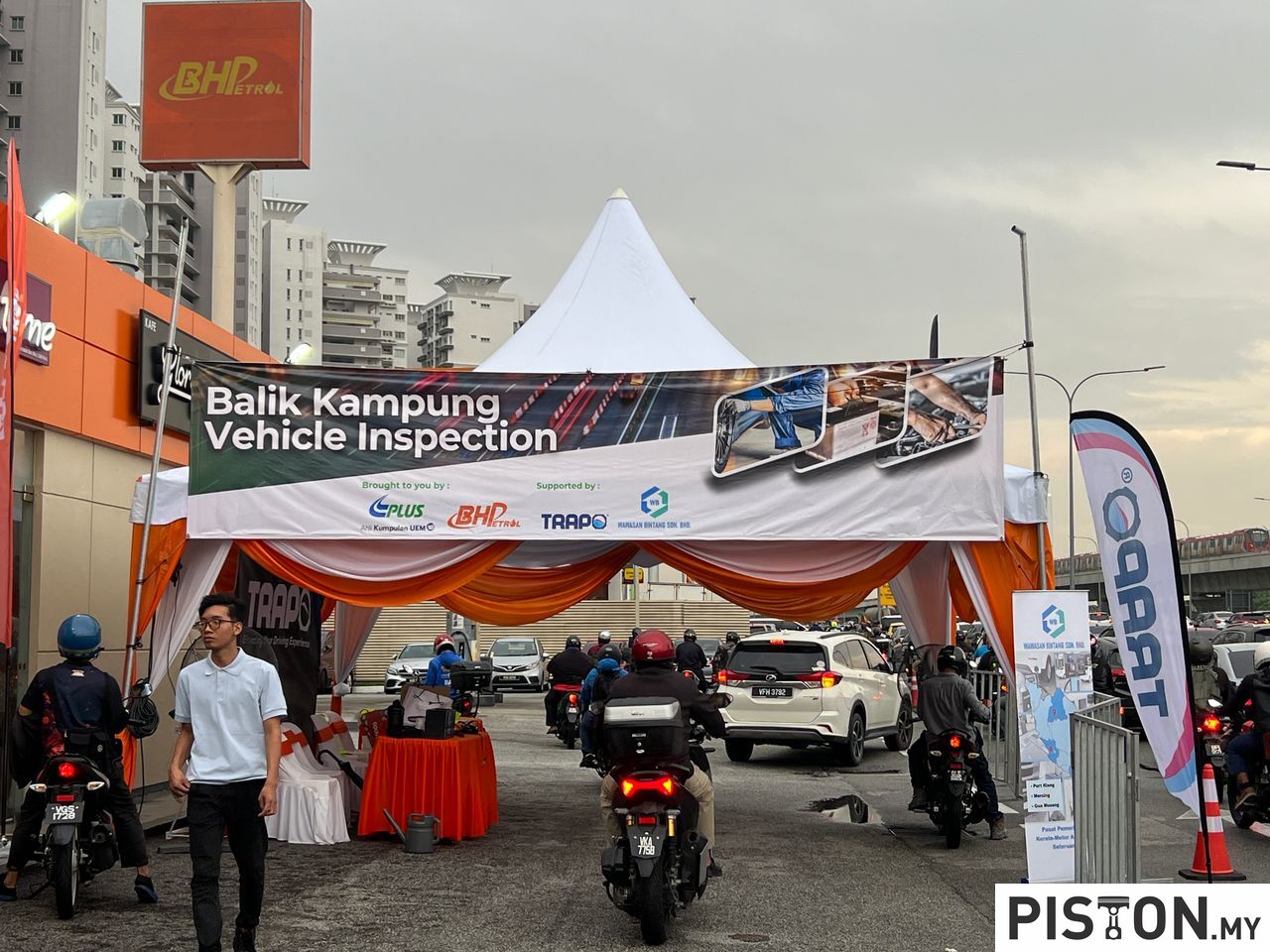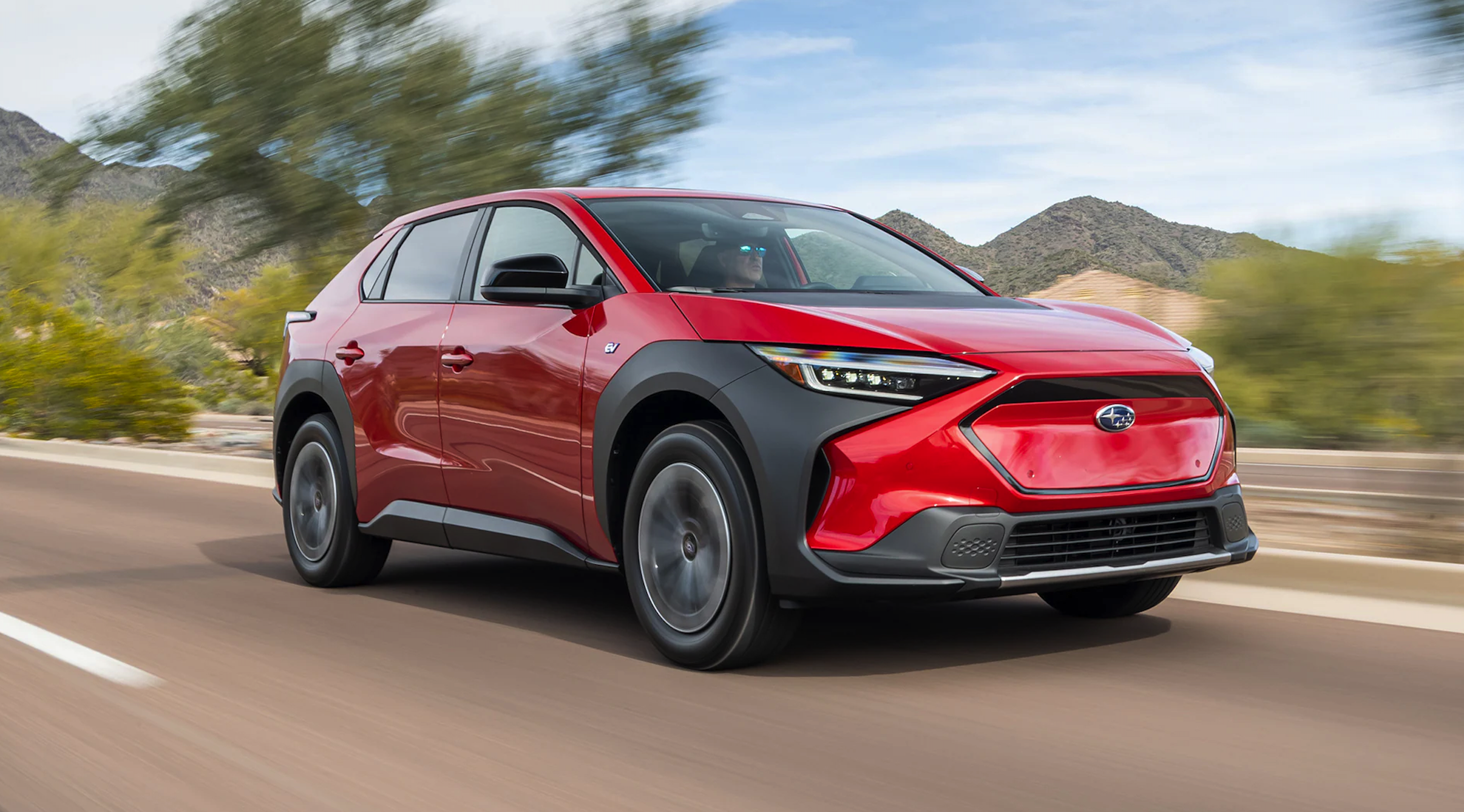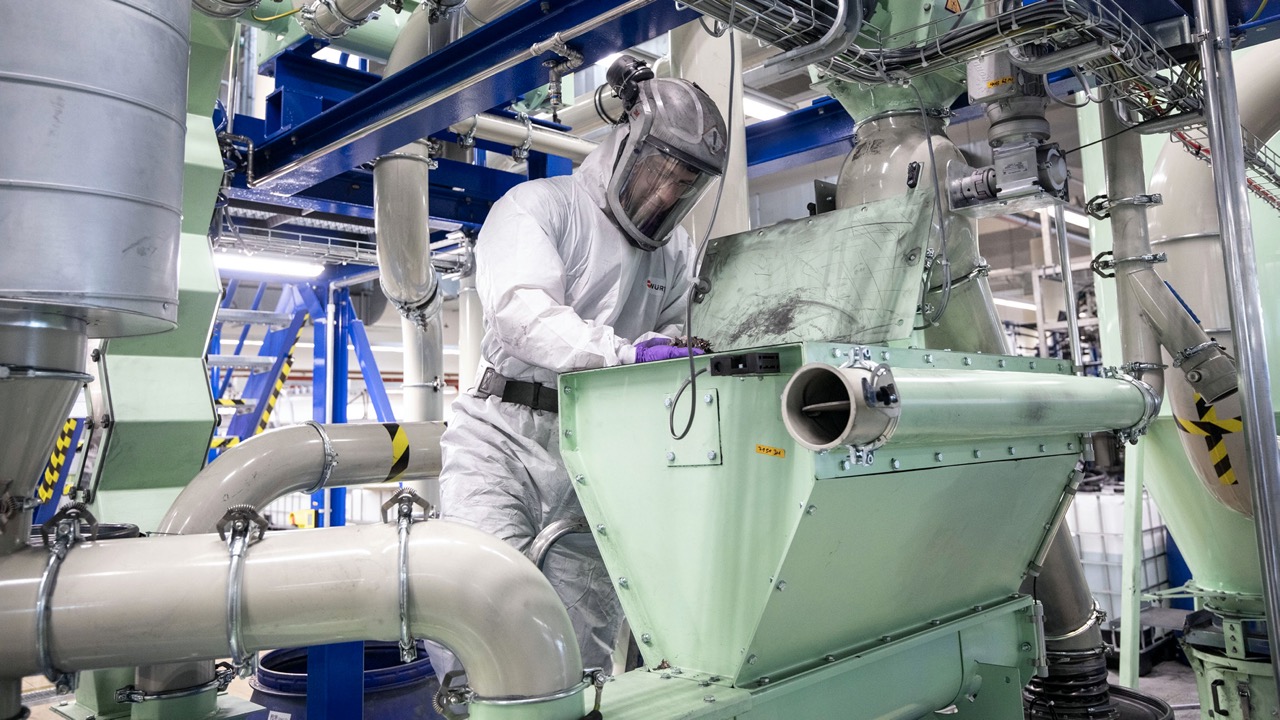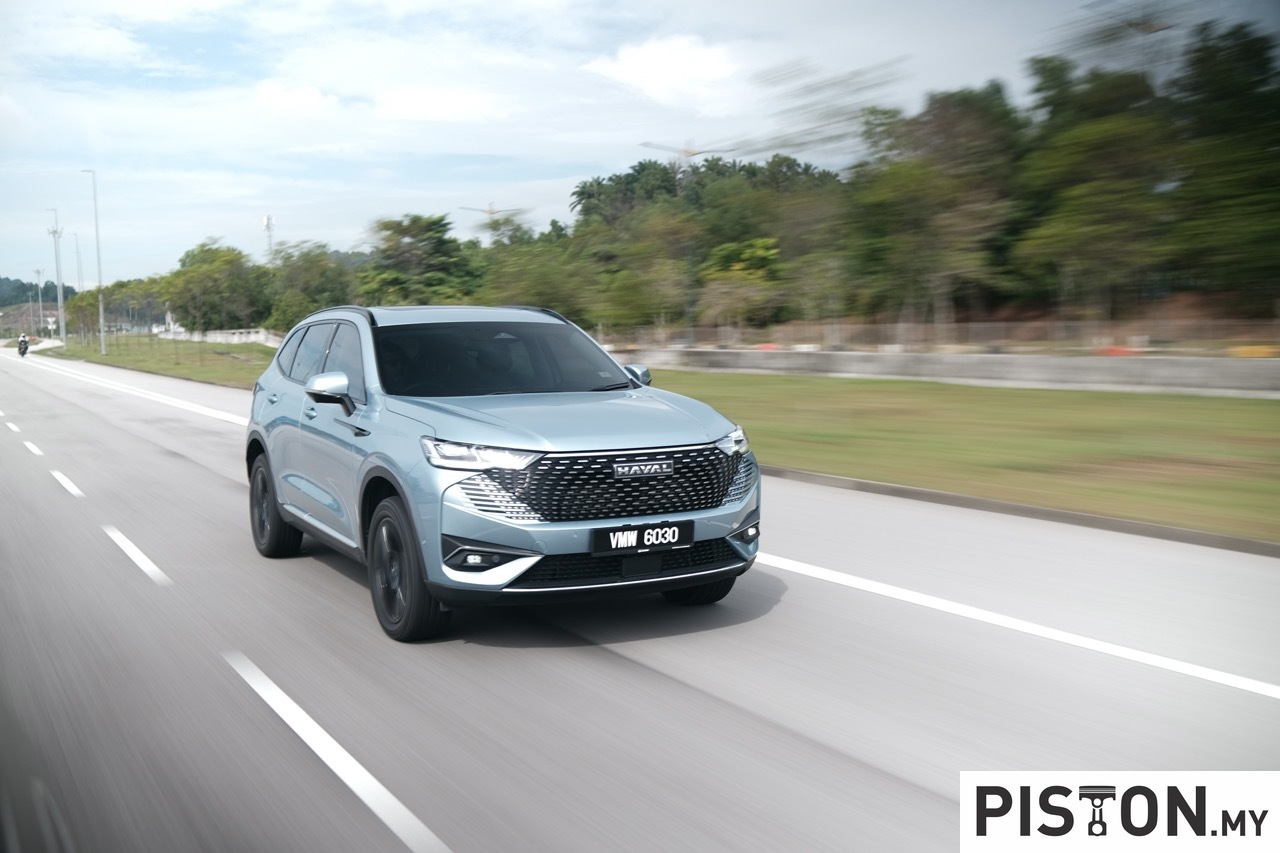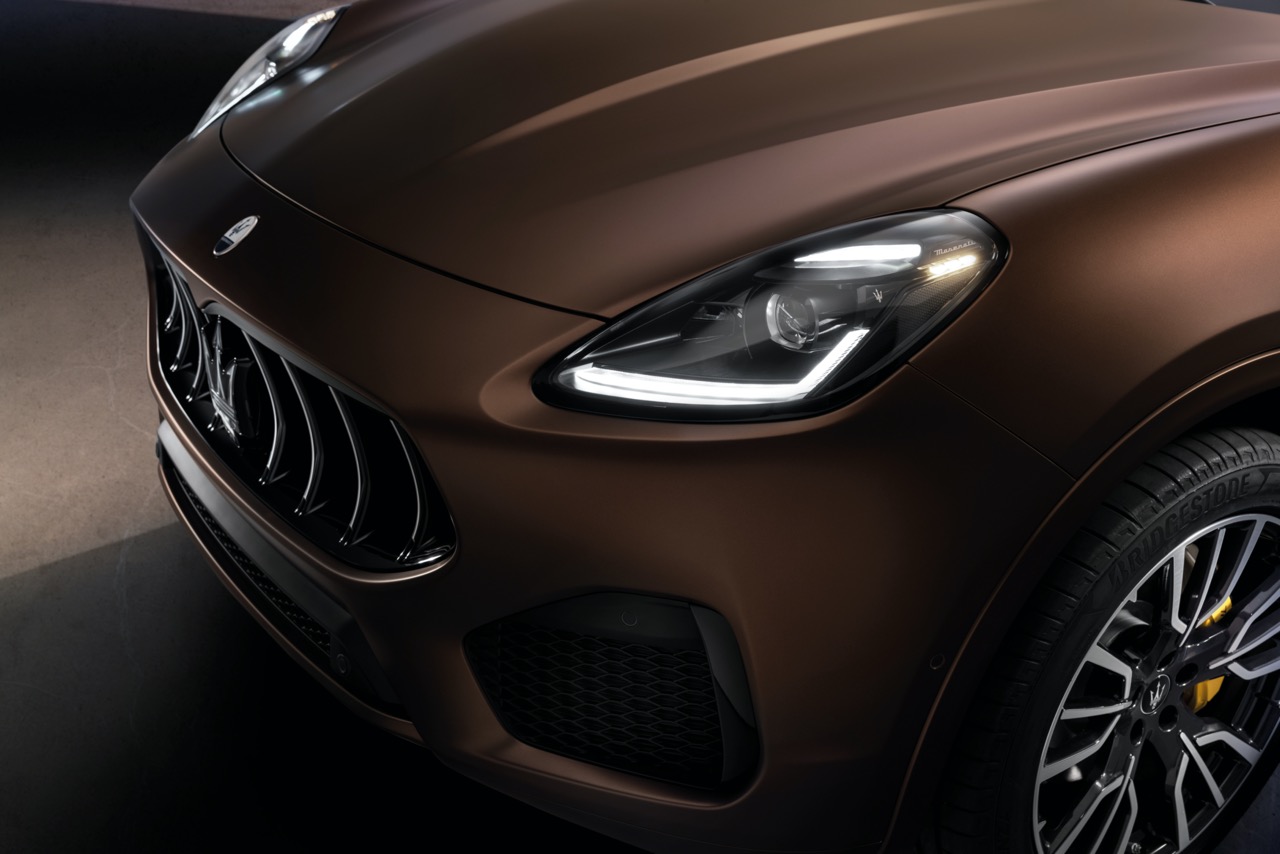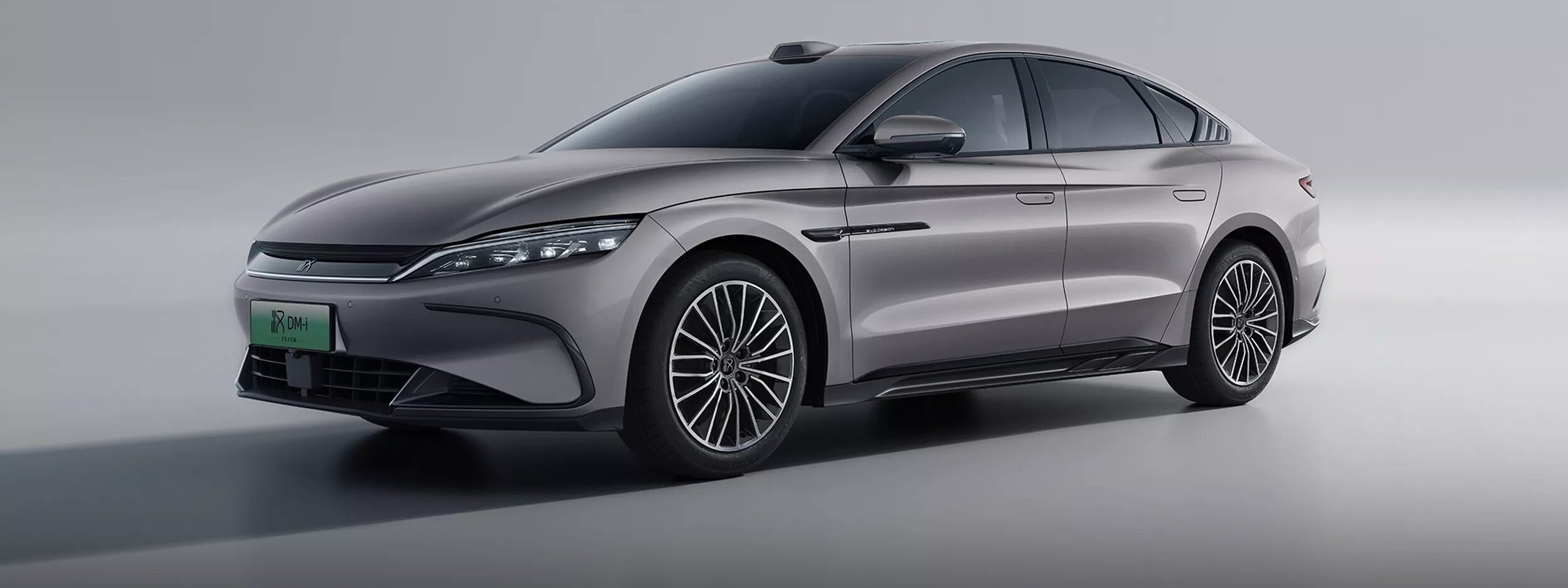The COVID-19 pandemic has brought on changes to many different aspects of life to fight the coronavirus. One of the important measures is the reduce the spread of bacteria and viruses, which can be on the many surfaces we come in contact with. Researchers are also beginning to find that the viruses can float in the air for a while too.
For the auto industry, urgent work has been carried out to develop systems and switch to materials that can help in the fight against bacteria and viruses. The latest development is from Jaguar Land Rover which, together with the University of Cambridge, has a new contactless touchscreen technology. This will also help keep drivers’ eyes on the road, improving motoring safety.
The patented technology, known as ‛predictive touch’, uses artificial intelligence and sensors to predict a user’s intended target on the touchscreen – whether that’s satellite navigation, temperature controls or entertainment settings – without actually touching a button.
The pioneering system, developed with engineers at the University of Cambridge, is part of Jaguar Land Rover’s ‘Destination Zero’ vision – a desire to make its vehicles safer and the environment cleaner and healthier.
In the ‘new normal’ once lockdowns around the world are lifted, a greater emphasis will be placed on safe, clean mobility where personal space and hygiene will carry premiums. Jaguar Land Rover vehicles are already designed to help improve passenger wellbeing, with innovations including a Driver Condition Monitor, engine noise cancellation and cabin air ionisation with PM2.5 filtration to capture ultrafine particles and allergens.
New technology like predictive touch is another step forward in addressing the wider landscape of mobility, from how customers connect with mobility services, to the infrastructure required to enable fully integrated, autonomous vehicles in cities.
Lab tests and on-road trials have shown the predictive touch technology could reduce a driver’s touchscreen interaction effort and time by up to 50%. At the same time, this will limit the spread of bacteria and viruses from the touchscreen surface to fingers.
Uneven or poor road surfaces can often cause vibrations that make it difficult to select the correct button on a touchscreen. This means drivers must take their attention away from the road, increasing the risk of an accident. The technology uses artificial intelligence to determine the item the user intends to select on the screen early in the pointing task, speeding up the interaction.
A gesture tracker uses vision-based or radio frequency-based sensors, which are increasingly common in consumer electronics, to combine contextual information such as user profile, interface design and environmental conditions with data available from other sensors, such as an eye-gaze tracker, to infer the user’s intent in real time.
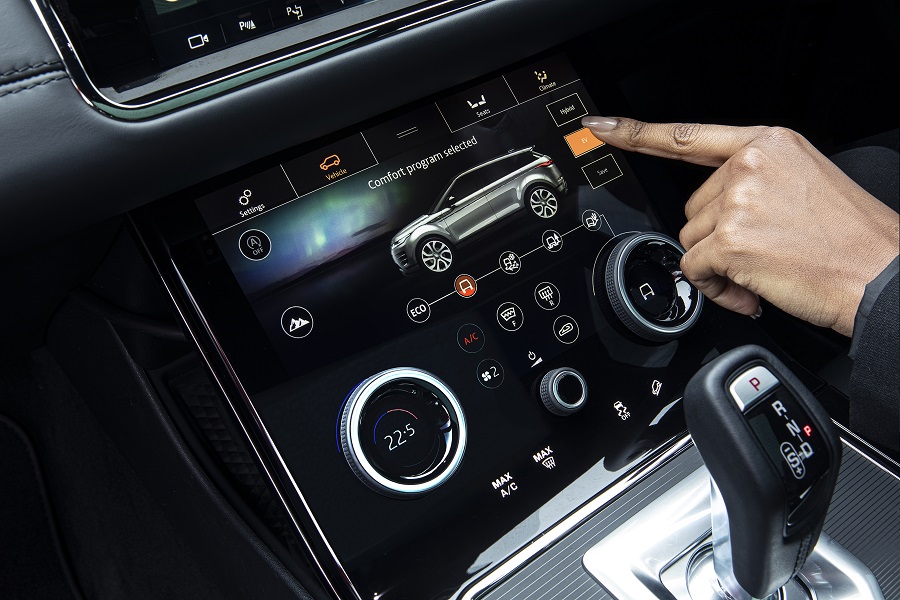
This software-based solution for contactless interactions has reached high technology readiness levels. It can be seamlessly integrated into existing touchscreens and interactive displays, so long as the correct sensory data is available to support the machine learning algorithm. This means that existing systems do not need to change, keeping costs down.
“As countries around the world exit lockdown, we notice how many everyday consumer transactions are conducted using touchscreens: railway or cinema tickets, ATMs, airport check-ins and supermarket self-service checkouts, as well as many industrial and manufacturing applications. Predictive touch technology eliminates the need to touch an interactive display and could therefore reduce the risk of spreading bacteria or viruses on surfaces,” said Lee Skrypchuk, Human Machine Interface Technical Specialist at Jaguar Land Rover.
“The technology also offers us the chance to make vehicles safer by reducing the cognitive load on drivers and increasing the amount of time they can spend focused on the road ahead. This is a key part of our Destination Zero journey.”
New Land Rover Defender gets advanced connectivity with world-first dual e-SIM hardware




